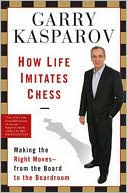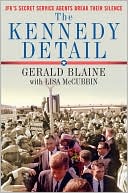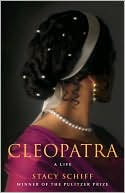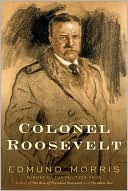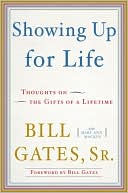How Life Imitates Chess: Making the Right Moves, from the Board to the Boardroom
Search in google:
“One of the most formidable brains of our era….fast-talking, exuberant, indigant one moment and laughing sardonically the next – Kasparov clearly relishes the fight.”—Washington PostGarry Kasparov was the highest-rated chess player in the world for over twenty years and is widely considered the greatest player that ever lived. In How Life Imitates Chess Kasparov distills the lessons he learned over a lifetime as a Grandmaster to offer a primer on successful decision-making: how to evaluate opportunities, anticipate the future, devise winning strategies. He relates in a lively, original way all the fundamentals, from the nuts and bolts of strategy, evaluation, and preparation to the subtler, more human arts of developing a personal style and using memory, intuition, imagination and even fantasy. Kasparov takes us through the great matches of his career, including legendary duels against both man (Grandmaster Anatoly Karpov) and machine (IBM chess supercomputer Deep Blue), enhancing the lessons of his many experiences with examples from politics, literature, sports and military history. With candor, wisdom, and humor, Kasparov recounts his victories and his blunders, both from his years as a world-class competitor as well as his new life as a political leader in Russia. An inspiring book that combines unique strategic insight with personal memoir, How Life Imitates Chess is a glimpse inside the mind of one of today’s greatest and most innovative thinkers. Publishers Weekly With millions of serious chess players and Kasparov a regular in international news headlines, a business manual by the champion-turned-activist seems a no-brainer. Kasparov discusses each element of chess and strains to find parallels in "life" and "the boardroom." Yet the book is surprisingly serious and readable, even if those who persevere won't necessarily be convinced that chess is "an ideal laboratory for the decision-making process." While offering real insight into the game, Kasparov offers somewhat less into general decision making, urging readers to be "aware of your routines, then break them" and emphasizing both "precise calculation" and "intuition and optimism." The author's attempts at chess metaphor are often a stretch: after all, chess matches are one-on-one and win-lose-draw, resembling war far more closely than anything in the boardroom. In fact, Kasparov's examples more often come from the battlefield than from business. Without a more direct business connection, his advice reverts to platitudes ("To achieve success, our strategy must be implemented with accurate tactics"). More engaging are the author's autobiographical anecdotes about his face-off against IBM's Deep Blue computer and his 2005 transition to becoming "a full-time member of the Russian political opposition movement." Kasparov fans will find much to enjoy, but serious business readers should look elsewhere. (Oct.)Copyright 2007 Reed Business Information
Contents Opening Gambit....................1PART I Chapter 1-The Lesson....................11Chapter 2-Strategy....................16Chapter 3-Strategy and Tactics at Work....................36Chapter 4-Calculation....................48Chapter 5-Talent....................54Chapter 6-Preparation....................66PART II Chapter 7-MTQ: Material, Time, Quality....................79Chapter 8-Exchanges and Imbalances....................97Chapter 9-Phases of the Game....................108Chapter 10-The Attacker's Advantage....................120PART III Chapter 11-Question Success....................133Chapter 12-The Inner Game....................144Chapter 13-Man vs. Machine....................155Chapter 14-Intuition....................171Chapter 15-Crisis Point....................181Endgame....................194Epilogue....................199Glossary....................205Acknowledgments....................211Index....................213
